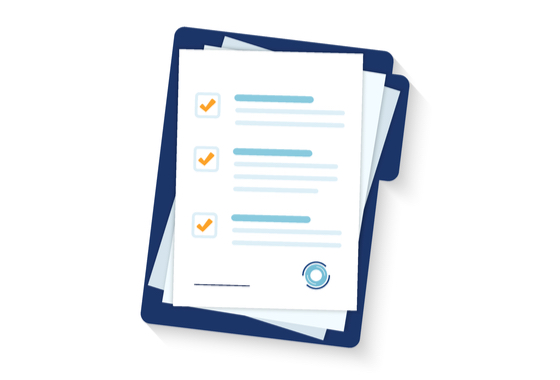Health Surveillance
Page updated: 25/07/2024
Depending on your job role, you may be asked to attend a Health Surveillance. This is a series of tests which may be one or all of the following:
Statutory Health Surveillance
Hearing, respiratory, skin, HAVS, asbestos, night working
Health Assessments/Fitness to work (Non Statutory)
- Vision screening using DVLA guidelines (HGV/PSV and van drivers and mini buses less than 16 seats)
- School Crossing Patrol assessment
When you join the authority if your job has been identified as one which requires health surveillance testing, you will receive a letter offering you an appointment at Occupational Health. Your manager has a responsibility to complete risk assessments for jobs and send employees to Occupational Health if needed. The tests are carried out by a nurse. This is part of Health & Safety law and is to protect your health. Tests normally take up to one hour if five tests are required and take place at the Occupational Health Centre.
Tests will be carried out when you join the authority if your job has been identified as one which requires health surveillance testing. Further testing will be carried out if needed and in line with safety guidelines. Some employees may need testing more often if needed because of the results or if there is a change to your job or if you identify changes in your health.
The Noise Regulations 2005 require managers to provide health surveillance for hazards identified through risk assessment if a valid technique to monitor health is available. Audiometry is such a technique to monitor health
The Occupational Health Centre will undertake health assessments of employees likely to be exposed to significant levels of noise as defined by risk (noise) assessments. This will include completion of a Hearing Questionnaire and an audiometric test. These assessments will be carried out at the pre-placement screening and then at defined intervals thereafter in accordance with HSE recommendations and Risk Assessments by manager.
The assessment will be conducted by the nursing staff and shall last for approximately 20 minutes consisting of:
- Completion of Medical Questionnaire
- History of Noise Exposure
- Examination of ears
- Audiometry Test
- Explanation of results
A further examination may be required by the Occupational Health Physician depending on the assessment outcome.
Health surveillance at regular intervals based on risk assessment can prompt early detection of problems and reduction from exposure may arrest progress of disease, assist in early recognition of failure of control measures and reduce liability to prosecution and civil claims.
In accordance with HASAWR and the Control of Substances Hazardous to Health Regulations 2002 (COSHH) it is recommended that employees at risk of exposure to respiratory hazards are subject to respiratory health surveillance.
The Occupational Health Centre will undertake lung function tests for those employees who may be or have been exposed to significant levels of respiratory hazards as defined by COSHH Risk Assessments.
This will include completion of a Spirometry Questionnaire and a Spirometry test. These assessments will be carried out at the New-Employment screening stage if appropriate and then at defined intervals thereafter in accordance with management risk assessments and our procedures. The assessment will be conducted by the nursing staff and will last for approximately 15 minutes consisting of:
- Completion of Medical Questionnaire
- History of COSHH Exposure
- Spirometry Test
- Explanation of results
A further examination may be required by the Occupational Physician depending on the assessment outcome.
In accordance with the Management HASAWR and COSHH, employers have a responsibility to ensure that employees at risk of exposure to skin hazards have regular skin surveillance, based on regular risk assessment.
Legislation making reference to skincare include:
- Control of Substances Hazardous to Health Regulations (COSHH) 2002;
- Personal Protective Equipment at Work Regulations 1992;
- Workplace (Health, Safety and Welfare) Regulations 1992; and
- Management of Health and Safety at Work Regulations 1999
Line managers must conduct a risk assessment to identify potential hazards to health including skin disease, arising from exposure to chemical substances, biological or other agents.
The assessment will be conducted by the nursing staff and will last for approximately 15 minutes consisting of:
- Completion of Medical Questionnaire
- Examination of hands
A further examination may be required by the Occupational Physician depending on the assessment outcome.
Under the Control of Asbestos at work regs 2002 (CAWR) the employee who is exposed to asbestos above the action level must be placed under adequate medical surveillance by a relevant doctor in accordance with CAWR. The medical surveillance will consist of initial and periodic medical examinations.
The purpose of this being to:
- Advise the employee on fitness to work with asbestos (with particular attention to the respiratory system)
- Provide objective information to the employee on their current state of health (with particular attention to the respiratory system).
- Alert workers to early signs of disease and advise on continued exposure
- Alert the employer to any particular problem which may require provision of a special respirator.
This will include completion of an Asbestos Questionnaire and Health Check by an appropriate Occupational Health Professional. The assessment shall last for approximately 45 minutes consisting of:
- Lung Function test – Undertaken by a nurse before seeing the OH Physician.
- Completion of Medical Questionnaire
- History of Asbestos Exposure
- Examination if appropriate
- Explanation of results
NOTE: Legally the medical examination is not a general fitness for work examination and the employer may need to consider a fitness examination beyond CAWR to comply with other legal obligations. For further information please go to HSE Asbestos Medical guidance note MS13.
Under working time regulations your manager should offer you the Night Worker Health assessment however it is your duty to complete if you wish.
The purpose of this questionnaire is to monitor your health in relation to night working duties. The Working Time Regulations 1998 require the Council to provide night workers with the opportunity of a free health assessment.
Carmarthenshire Occupational Health undertakes new employment health assessments for designated employees working with children and vulnerable adults in accordance with the ‘Care Standards Act 2000’ and ‘Fitness to Teach’ guidance 2000. A health questionnaire must be completed, and if any questions are answered ‘Yes’, a health assessment must be made on offer of the job in accordance with the ‘Equality Act 2010’ as reasonable adjustments may need to be put in place.
Occupational Health
More from Occupational Health




